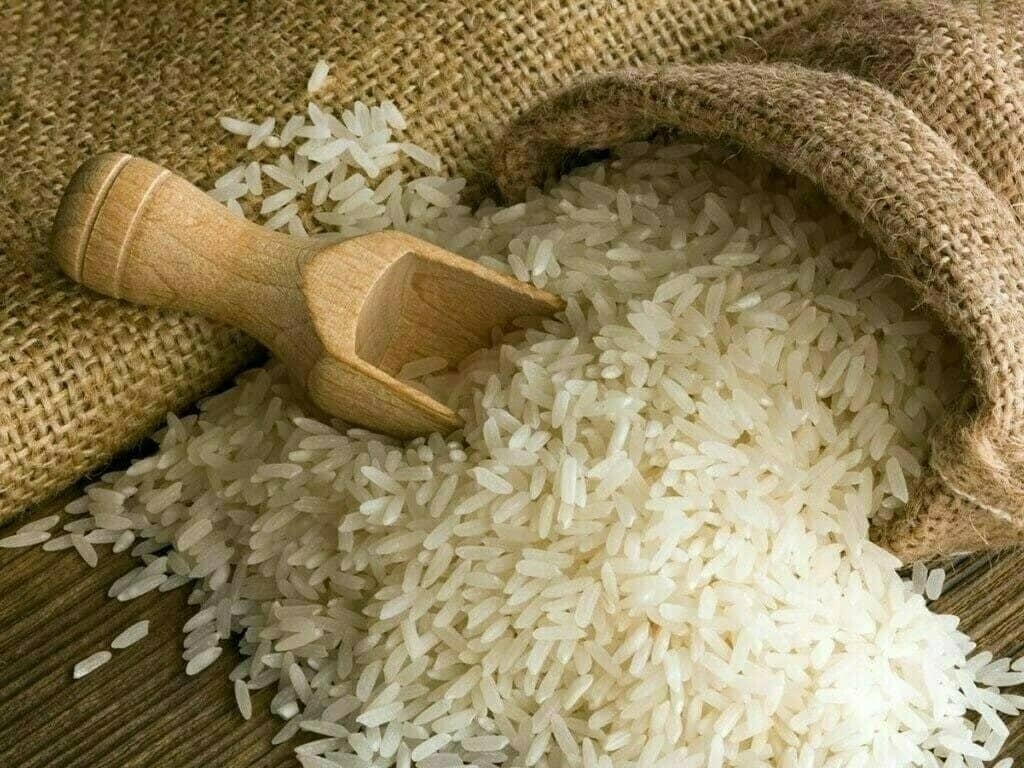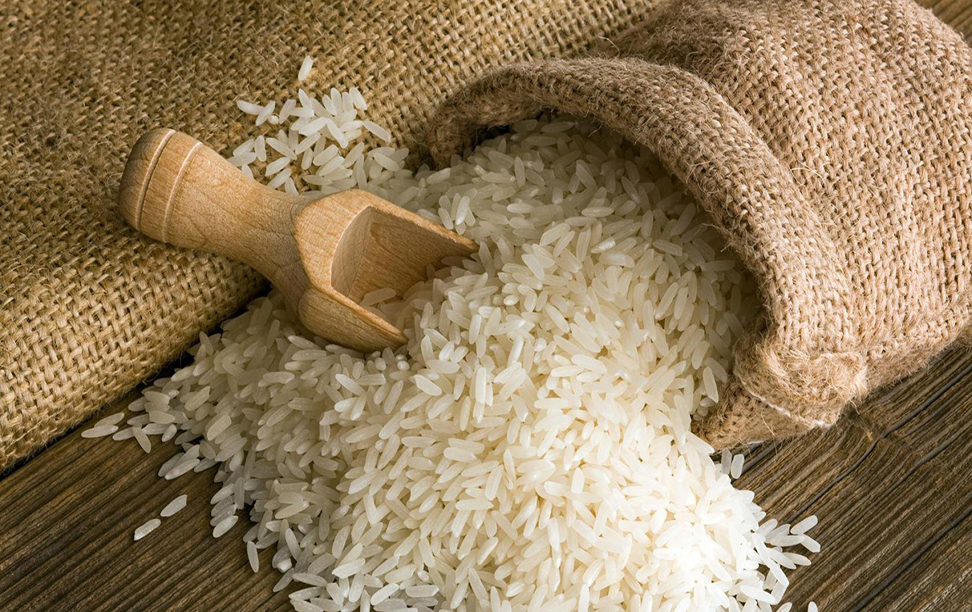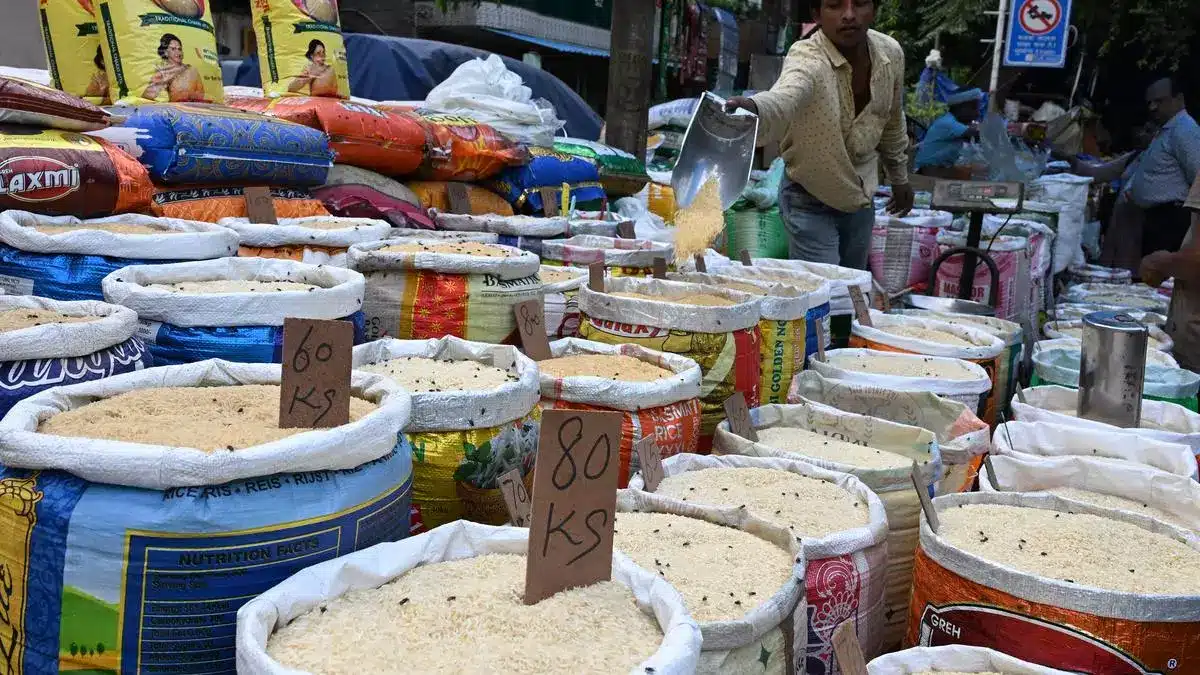Tags
N. Korean market prices for rice continue to fall for two straight months
The fall in rice prices is likely the result of an order by the North Korean authorities to expand the volume of imported rice to alleviate severe food shortages
The price of rice in North Korean markets has continued to fall for two straight months. This trends appears to be due to an order by the North Korean authorities to expand rice imports from China.
According to Daily NK’s regular survey of market prices in North Korea, a kilogram of rice in one market in Hyesan, Yanggang Province, cost KPW 5,800 as of Monday. Compared to the last survey two weeks ago on Mar. 19, when it cost KPW 6,000, the price had fallen 3.3%, marking the first time in two months that the price of rice in Hyesan had fallen into the KPW 5,000-6,000 range since early February.
In Sinuiju, too, a kilogram of rice cost KWP 5,480 on Monday, 2.3% down from the Mar. 19 survey.
The price of rice fell in Pyongyang as well, but the drop was less than it was in Hyesan or Sinuiju.
The fall in North Korea’s rice prices for two straight months is likely the result of an order by the North Korean authorities to expand the volume of imported rice.
In fact, according to a Daily NK reporting partner in China, North Korean authorities have greatly increased rice imports since last month. Freight trains going to North Korea from the Chinese city of Dandong, Liaoning Province, are more than 90% full of rice, he said, speaking on condition of anonymity due to security concerns.

Most North Korean trade delegations in China have received an order from the authorities to put nothing but rice on the freight trains, the reporting partner added. This suggests that trade delegations must prioritize imports of rice unless the government requests the import of a particular item.
The order was likely handed down to alleviate the country’s dire food shortages. These shortages are so serious, in fact, that military rice stores for soldiers and wartime rice supplies have hit rock bottom.
“State-run grain shops are unable to sell grain to people even once a month,” a reporting partner in North Korea said, speaking on condition of anonymity. “So the authorities ordered them to import any type of rice.”
Since February, North Korean trading companies have also been demanding that Chinese factories employing North Korean workers contribute money or rice to the North Korean government.
MOST COMMON RICE IMPORT? LONG-GRAIN RICE
Meanwhile, long-grain rice from Southeast Asia is the most common type of rice being imported into North Korea by train. This type of rice is cheaper than the Chinese-produced variety.
A kilogram of Chinese rice goes for about RMB 8-10 (around USD 1.16 to 1.45), but long-grain rice from Southeast Asia costs about half of that, or RMB 4-5 (around USD 0.58 – 0.73). North Korea is thus importing large amounts of Southeast Asian rice, which it can buy in bulk at low prices.
According to Daily NK’s reporting partner in North Korea, the authorities recently sold imported long-grain rice to people through state-run grain shops. The rice sold through the shops cost 20% less than North Korean-produced rice available at local markets; however, many North Koreans complained that the authorities had resold the long-grain rice at a price higher than the original import price.
Daily NK also understands that North Korea began providing gifts of grain, fish, meat and other items to government cadres from Apr. 3. North Korea celebrates the birthday of late leader Kim Il Sung on Apr. 15.
Market grain prices look set to continue falling for the time being given that the country plans to conduct nationwide sales of food to commemorate the Apr. 15 holiday.
https://www.dailynk.com/english/north-korean-market-prices-rice-continue-fall-two-straight-months/Published Date: April 7, 2023







